Another Victorian era style subcategory is Stick Style, so named for the use of horizontal and diagonal accentuated wooden timber like detailing.
Stick Style houses often have sawn decoration high up in the gable. These geometric patterns give Stick Style its name, but the key to identifying this style is the pattern of heavier wood trim on the exterior wood walls suggesting an internal structure of posts and beams.
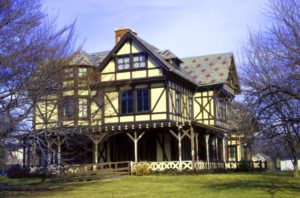
These run horizontally, vertically, and, less often, diagonally. They frame windows – often set in pairs – and doors, sills, wall edges and roof lines. These houses are wood frame with clapboarding between the simulated beams. Steep gables rise from side walls resulting in cross-gabled roofs with tall chimneys. Facades are asymmetrical and floor plans are complex.
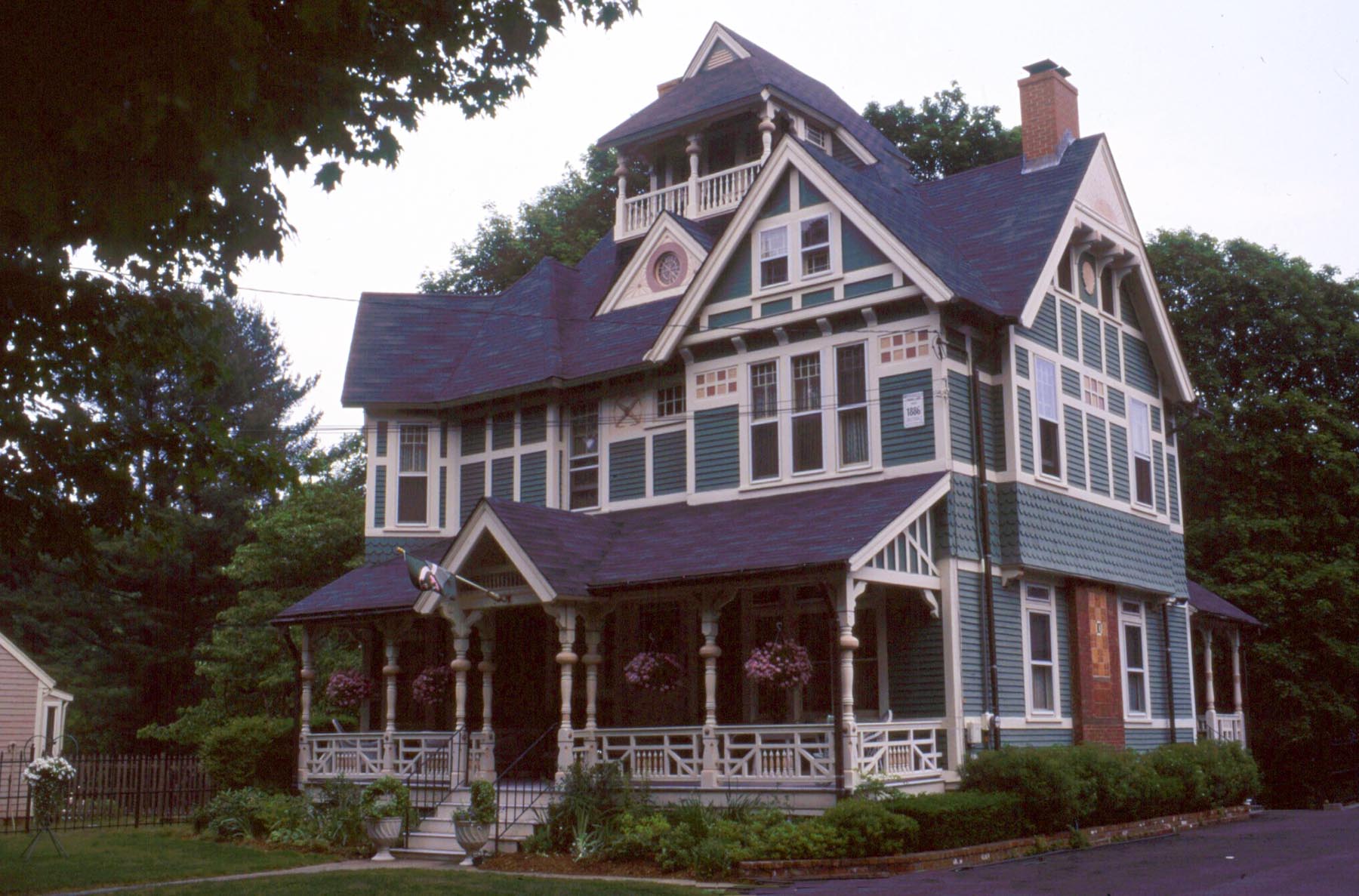
Elaborate porches with stick work will be present and sets of windows will usually be topped by a small hood.
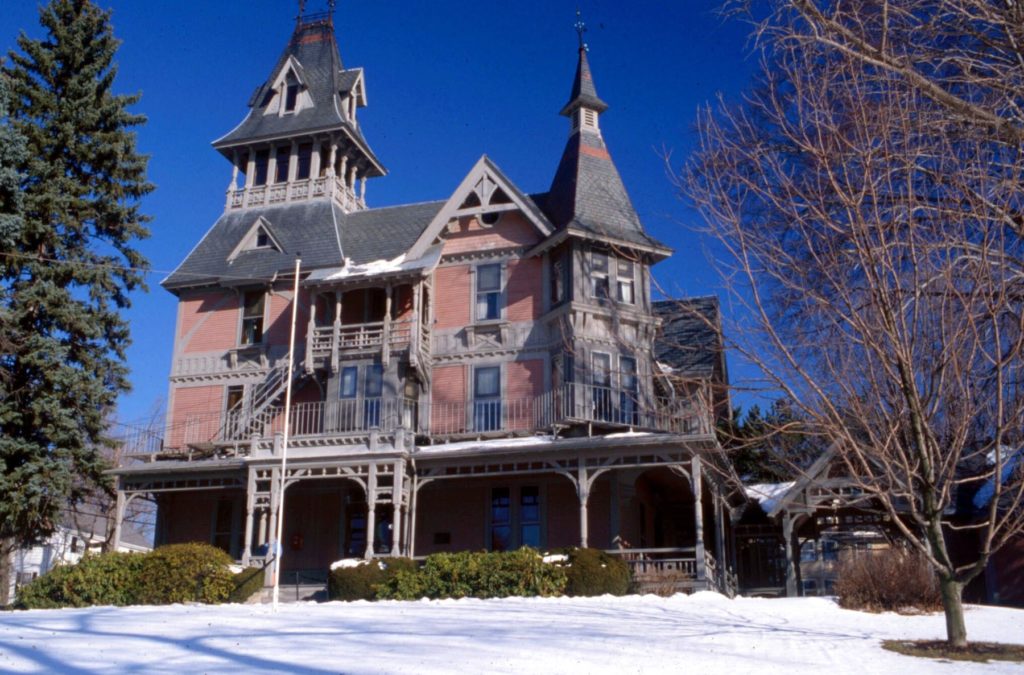
Decorative detail is loosely drawn from Gothic sources, never classical, but represents the creative use of the scroll saw, primarily. Colors are varied and usually several are used to pick out walls, trim and details. Darker colors were favored originally, but today the “painted ladies” are done in all colors.
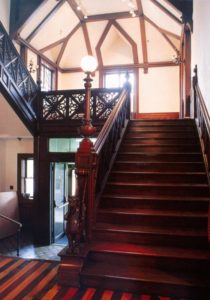
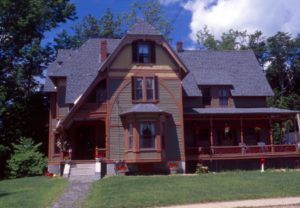
The inspiration for Stick is English Gothic of the Victorian age, seen in dark brick public buildings with tall towers and Gothic trim. These were influenced by the English art critic John Ruskin whose architectural theories were widely read. The Stick Style carried his ideas into domestic architecture.
From Our Trusted Partners
Featured property



